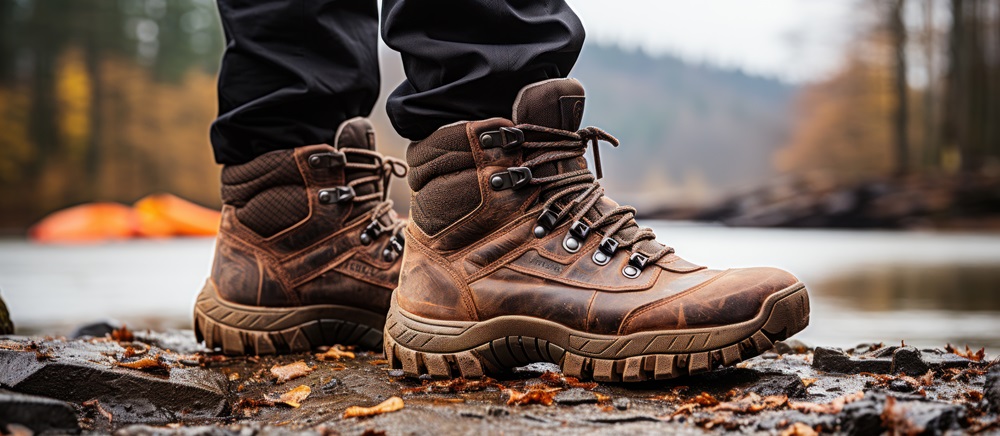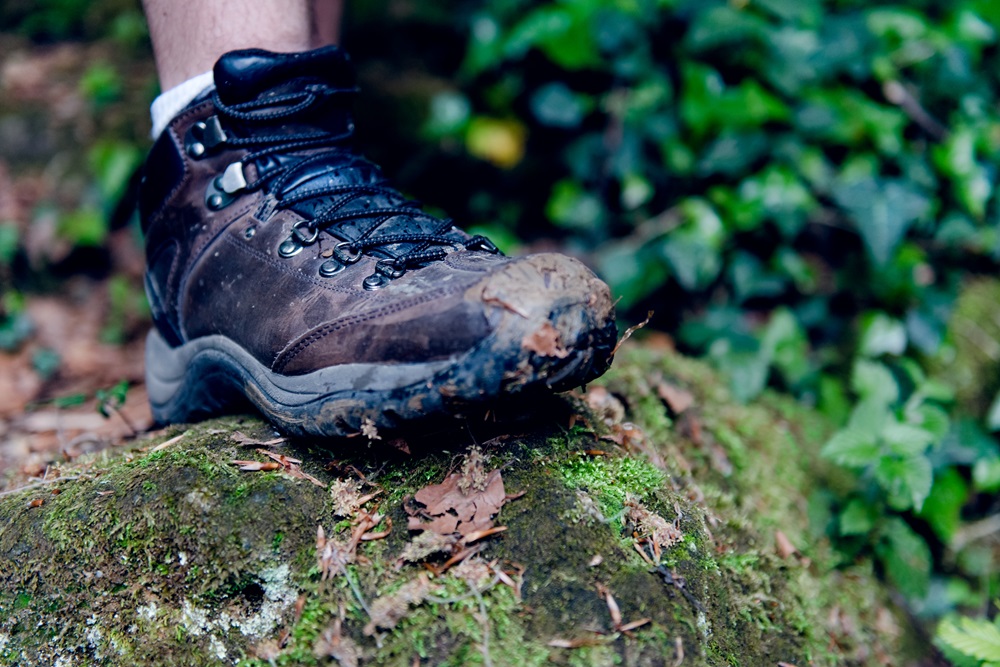When buying used climbing shoes, meticulous inspection is key to avoiding shoes that may look good but still have hidden issues.
This guide covers what to look for so you don’t waste money on questionable quality used shoes.
An increasing number of climbers are turning to the second-hand market to score discounted used climbing shoes. However, hidden wear and defects can quickly turn a bargain into a liability.
This article will arm you with:
- A systematic inspection methodology to evaluate true shoe condition
- Clues that differentiate quality used shoes from dicey ones
- Standards for passing or failing key tests
Follow these tips, and you’ll lock down amazing deals on pre-owned shoes minus the nasty surprises.
1. Check the Outsole Rubber
Flip the shoe over to scrutinize the sole rubber. This takes the brunt of wear from smearing on holds.
What to look for:
- Major flat spots or holes that expose the midsole foam underneath
- Smooth, glazed appearance from repeated grinding
Either defect above indicates the rubber has minimal life left.
Passing standards: At least 50% of the tread pattern is still visible. No midsole exposure or glazing.
2. Assess the Heel Rubber
The heel rubber wears faster than the front sole.
Check for:
- Detached or lifted heel rand
- Sizeable bald sections of missing rubber
Ideally, the original molded and shape should remain intact.
Passing standards: At least 30% of heel tread left. Rand is fully attached.
3. Scrutinize the Toe Box
The toes bear intense downward force during overhangs and toe hooks.
Inspect thoroughly for:
- Holes worn through the rand or upper leather/synthetic
- Peeling and or toe bumper seam separations
- Downward toe curl deformities
Any of those screams retired shoes.
Passing standards: No holes/tears. Seams 100% attached. The toe box is flat, not curled.
4. Verify Intact Edging Platform
Run fingers along the front sole and toe to feel for dents or gashes.
Why it matters:
Impacts chip away at the crucial edging surface needed for precise footwork.
Passing standards: No indentations. Uniformly flat sole and toe profile.
5. Check for Odors
Give the interior a good whiff.
Be wary of:
- Strong mildew smells, indicating moisture retention issues
- Overpowering body odor smells
You can’t eliminate embedded odors. Don’t buy assurance “they’ll air out.”
Passing standards: Faint or no odors.
6. Examine the Interior Lining
Peer inside attentively.
Look for:
- Detached insole or worn-through fabric
- Permanent sock lint deposits or stains
- Discoloration from soaked-in sweat
You want ample life left for your wear and tear.
Passing standards: Intact insole and lining. No staining/discoloration.

7. Evaluate the Midsole
Press firmly on the walls to feel for resilience and confirm the foam hasn’t packed out.
Check that:
- Pressing sidewalls leaves no lasting indentations
- The shoe dynamically springs back from front to back and side to side
- No mushy sensation anywhere indicating dead foam
Pack-out means exhausted shock absorption.
Passing standards: Solid, lively rebound across the entire shoe. No compression dents lingering.
8. Try on the Shoes
This is the litmus test.
Assess:
- Overall comfort and sensitivity
- Secure heel lockdown so feet don’t slide forward
- No painful pressure points
Ill-fitting shoes exhaust fast trying to resist slippage.
Passing standards: Snug all-around fit. No pinching, rubbing, or heel lift.
Key Takeaways
- Rigorously inspect used shoes personally before buying
- Focus on outsole tread depth, and separation and foam integrity
- Reject shoes with tears, holes, gouges, odor, curling, or packing out
- Prioritize shoes passing standards for all elements above
- Try on shoes to verify a secure, comfortable fit
Apply this comprehensive inspection process to any used shoes. It’ll ensure you extract maximal value from discounted used shoes vs. inheriting someone else’s worn-out gear.
Summary: Used climbing shoes can provide amazing value if thoroughly inspected for critical defects like worn tread, and separation, and compressed foam prior to purchase. Follow the 8 assessment steps above to avoid disappointment.











